This Flour Will Take Your Baking to a Whole New Level!
Ever heard of amaranth flour? The word amaranth means “unfading” in Greek. The flowers of the plant are a vivid crimson all summer long, making it a striking sight. However, the flowers aren’t amaranth’s big draw — it’s the seeds. After harvesting, they’re used in a similar way to grains like rice and oats.
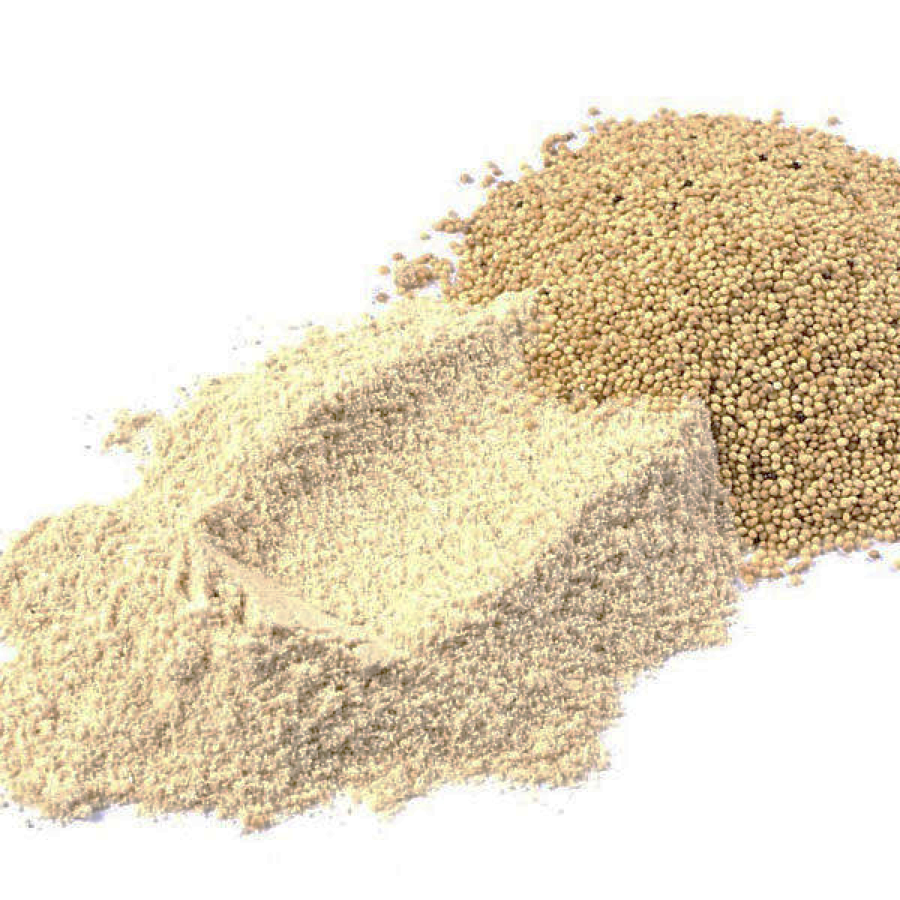
Native to Mexico and Central America, it was a staple food of the Aztecs, and it still remains a part of the Central American diet. Amaranth has increased in popularity throughout the U.S. as more people have become aware of its impressive nutritional profile. For instance, it’s:
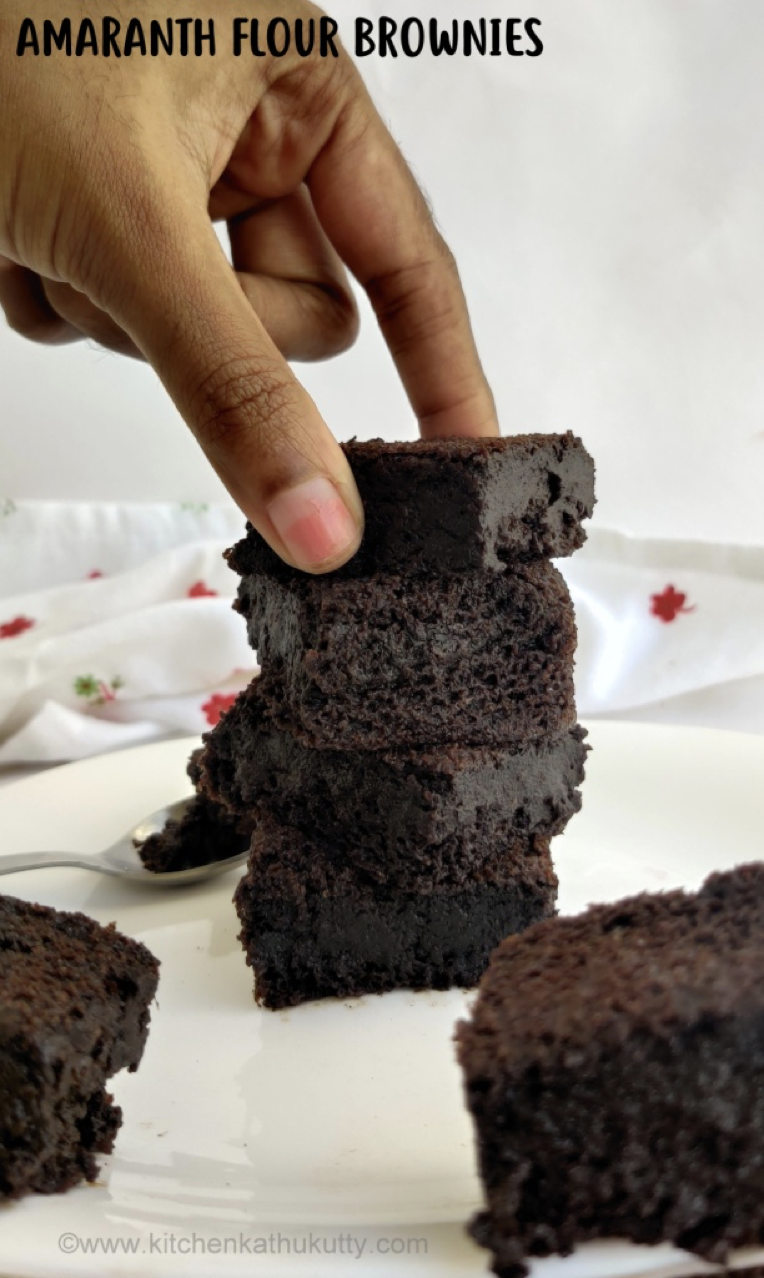
However, it's not widely available in most mainstream supermarkets. You'll have to look in natural food stores, in large supermarkets, or online for amaranth flour. Bob’s Red Mill is always a good choice, and more and more stores are now carrying his products.
When adding amaranth flour to an existing recipe, you can’t do a 1:1 ratio for regular white flour. Your baked good will end up tasteless and hard. The best recommendation is to substitute it for no more than 25% of your recipe’s wheat flour.
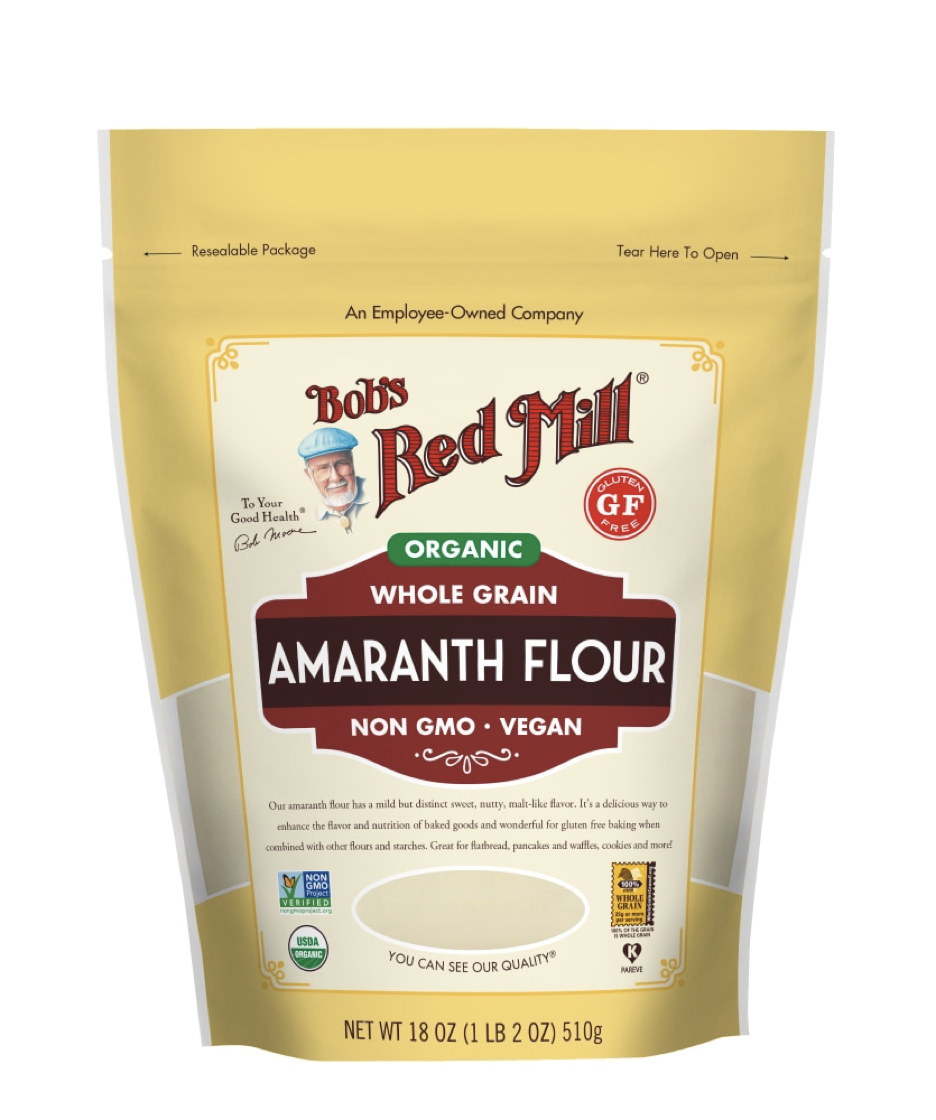
This flour combines well with others such as oat flour, barley flour, white rice flour, and soy flour. Research shows amaranth flour is a good one to turn to if you have celiac disease or any gluten sensitivity.
Just be aware that it’ll take a little time to adjust to baked goods made with amaranth flour. They won't taste quite the same as what you're used to the first time you try them. But taste variation is actually a good way to expand and educate the palette, so something that shakes up our taste buds and widens our repertoire is a positive thing, right?
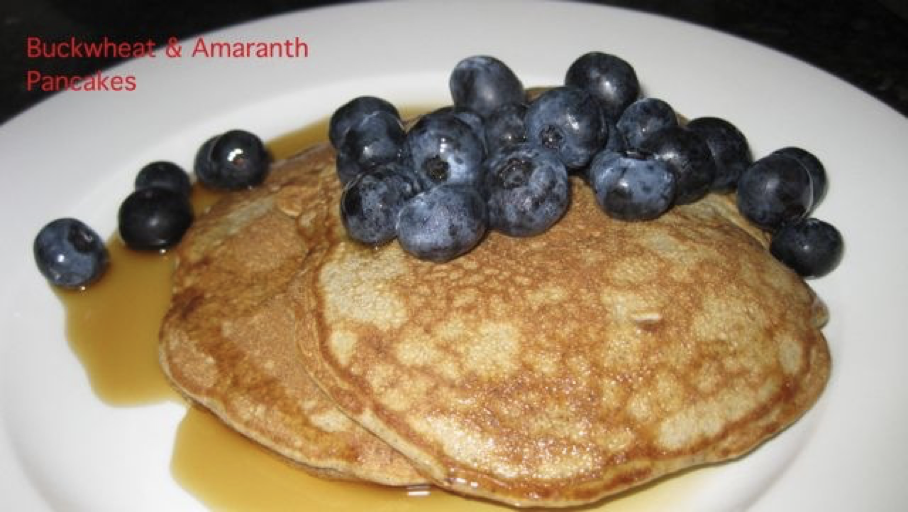
Thus, on that note, how about this recipe to get started with this remarkable flour that I found and adapted years ago on www.deliciouseveryday.com. Other than amaranth flour, this uses ingredients you likely already have on hand. It’s simple to throw together, and the resulting dough is beautifully soft and easy to handle. And when placed between two sheets of parchment paper, you don’t even need extra flour for rolling. These pair well with soup and stews and are delicious when partnered with a ranch dip (think picnics, etc.).
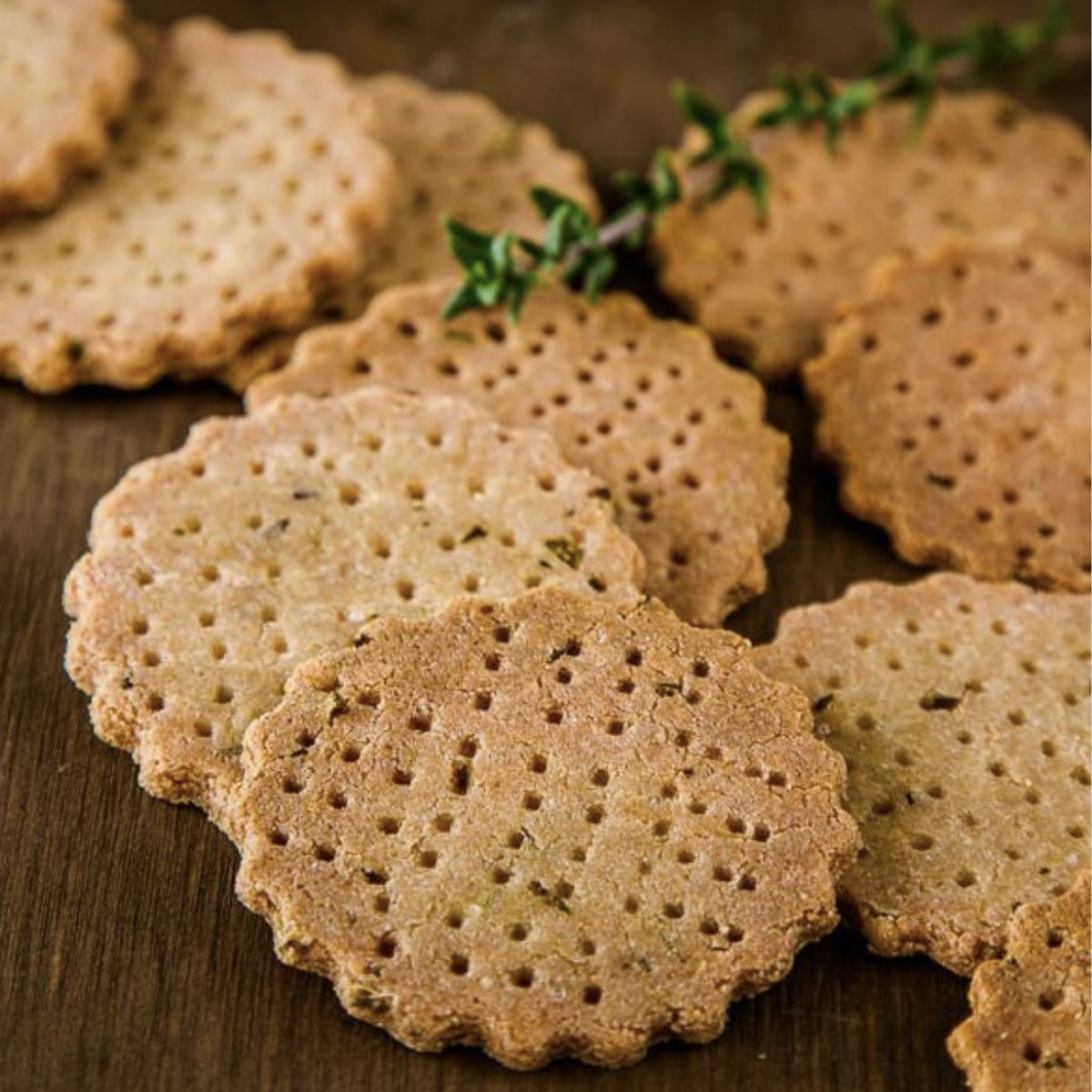
1/4 cup amaranth flour
3/4 cup whole wheat flour
3 1/2 tablespoons extra virgin olive oil
3 tablespoons water
1/2 teaspoon baking powder
1 to 2 cloves garlic grated
6 sprigs fresh thyme
1 tablespoon finely chopped fresh rosemary
1/2 teaspoon salt
sea salt for sprinkling
Directions:
Add Recipe to Cook'n
blog comments powered by Disqus

Native to Mexico and Central America, it was a staple food of the Aztecs, and it still remains a part of the Central American diet. Amaranth has increased in popularity throughout the U.S. as more people have become aware of its impressive nutritional profile. For instance, it’s:
- a good source of vitamin C
- high in other antioxidants (gallic acid, vanillic acid especially)
- naturally Gluten-Free
- high in Protein
- anti-inflammatory
- powerful in lowering “bad” cholesterol (LDL) without lowering “good” cholesterol (HDL)

However, it's not widely available in most mainstream supermarkets. You'll have to look in natural food stores, in large supermarkets, or online for amaranth flour. Bob’s Red Mill is always a good choice, and more and more stores are now carrying his products.
When adding amaranth flour to an existing recipe, you can’t do a 1:1 ratio for regular white flour. Your baked good will end up tasteless and hard. The best recommendation is to substitute it for no more than 25% of your recipe’s wheat flour.

This flour combines well with others such as oat flour, barley flour, white rice flour, and soy flour. Research shows amaranth flour is a good one to turn to if you have celiac disease or any gluten sensitivity.
Just be aware that it’ll take a little time to adjust to baked goods made with amaranth flour. They won't taste quite the same as what you're used to the first time you try them. But taste variation is actually a good way to expand and educate the palette, so something that shakes up our taste buds and widens our repertoire is a positive thing, right?

Thus, on that note, how about this recipe to get started with this remarkable flour that I found and adapted years ago on www.deliciouseveryday.com. Other than amaranth flour, this uses ingredients you likely already have on hand. It’s simple to throw together, and the resulting dough is beautifully soft and easy to handle. And when placed between two sheets of parchment paper, you don’t even need extra flour for rolling. These pair well with soup and stews and are delicious when partnered with a ranch dip (think picnics, etc.).

Herb and Garlic Amaranth Crackers
Ingredients:
1/4 cup amaranth flour
3/4 cup whole wheat flour
3 1/2 tablespoons extra virgin olive oil
3 tablespoons water
1/2 teaspoon baking powder
1 to 2 cloves garlic grated
6 sprigs fresh thyme
1 tablespoon finely chopped fresh rosemary
1/2 teaspoon salt
sea salt for sprinkling
Directions:
1. Preheat the oven to 355 F.
2. Place all of the ingredients in a food processor and process to combine. The dough probably won't come together completely in your food processor, but will resemble a clumpy sandy mixture. Don't be tempted to add more moisture to bring it together, simply remove the dough from the food processor and place on a piece of baking paper and gently knead until smooth. If the dough is sticky add a little more flour and knead until smooth.
3. Flatten dough and place another piece of baking paper on top; roll out dough to a thickness of 5mm (⅕ of an inch).
4. Using a 2-inch diameter cookie cutter, cut out crackers.
5. Place crackers on a parchment-lined baking sheet.
6. Gently prick crackers with a fork to prevent puffing while baking.
7. Sprinkle with sea salt, if desired.
8. Bake for 12 to 15 minutes, or until golden around the edges.
9. Place on a cooling rack to cool completely before placing in an air tight container (if not serving immediately).
NOTES:
The amount of moisture required to bring the dough together will depend on the flour you use. The dough should not be sticky. If it is, simply add more flour and knead until smooth. If the dough is too crumbly, return it to the food processor and add a teaspoon of water and process until it comes together.
If fresh herbs aren’t available, dried will work fine.
Crackers will keep one week in an airtight container.
2. Place all of the ingredients in a food processor and process to combine. The dough probably won't come together completely in your food processor, but will resemble a clumpy sandy mixture. Don't be tempted to add more moisture to bring it together, simply remove the dough from the food processor and place on a piece of baking paper and gently knead until smooth. If the dough is sticky add a little more flour and knead until smooth.
3. Flatten dough and place another piece of baking paper on top; roll out dough to a thickness of 5mm (⅕ of an inch).
4. Using a 2-inch diameter cookie cutter, cut out crackers.
5. Place crackers on a parchment-lined baking sheet.
6. Gently prick crackers with a fork to prevent puffing while baking.
7. Sprinkle with sea salt, if desired.
8. Bake for 12 to 15 minutes, or until golden around the edges.
9. Place on a cooling rack to cool completely before placing in an air tight container (if not serving immediately).
NOTES:
The amount of moisture required to bring the dough together will depend on the flour you use. The dough should not be sticky. If it is, simply add more flour and knead until smooth. If the dough is too crumbly, return it to the food processor and add a teaspoon of water and process until it comes together.
If fresh herbs aren’t available, dried will work fine.
Crackers will keep one week in an airtight container.
Recipe formatted with the Cook'n Recipe Software from DVO Enterprises.
Sources:
- www.agtfoodsafrica.com
- www.kitchenkathukutty.com
- www.bobsredmill.com
- www.leshkaran.com
- www.deliciouseveryday.com
 Alice Osborne
Alice Osborne
DVO Newsletter Contributor since 2006
Email the author! alice@dvo.com
